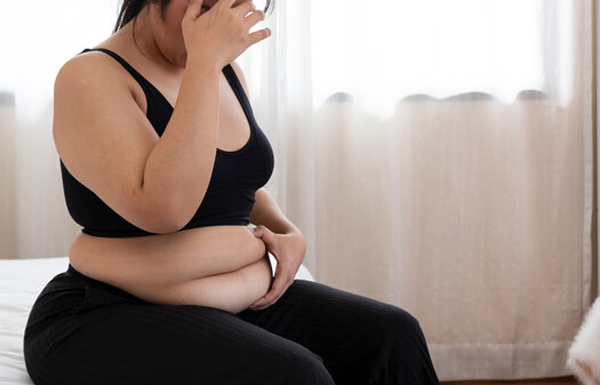Dr. Sankar Dasmahapatra
Laparoscopic Surgery Specialist in Kolkata, India
DGO, MS, Fellowship in Gynaecological Lap Surgery (Sydney -Australia)
Consultant Gynaecologist & Obstetrician
Infertility Specialist & Lapaoscopic Surgeon
DGO, MS, Fellowship in Gynaecological Lap Surgery (Sydney -Australia)
Consultant Gynaecologist & Obstetrician
Infertility Specialist & Lapaoscopic Surgeon
by Dr. Sankar Dasmahapatra

Traditionally, obesity was considered a contraindication to laparoscopic surgery; however, recent studies suggest that a minimally invasive approach to gynaecological surgery in patients with class III obesity significantly improves patient outcomes.
What is the size limit for laparoscopic hysterectomy?
Most gynecologists do not recommend a hysterectomy via the vagina or a laparoscopic-assisted vaginal hysterectomy (LAVH) in the case of a uterus weighing more than 300 g.
What is maximum BMI for hysterectomy?
In obese patients (BMI 30.0–34.9 kg/m2), a similar approach to hysterectomy is considered to be best practice [6, 7]. However, no conclusive evidence exists regarding the preferred approach in the very obese and morbidly obese patients, i.e. a BMI ≥35 kg/m2
Is obesity a contraindication for laparoscopy?
Laparoscopic cholecystectomy is a safe and effective treatment for obese patients and even for morbidly obese patients and should be the procedure of choice for these patients, avoiding complications of prolonged bed rest and wound complications, so common in these patients.
Can obese patients have laparoscopic surgery?
Laparoscopy can be more complicated in the obese patient, and the risk of conversion to laparotomy is higher, but the conversion rate tends to decrease over time with surgical experience.
Why is surgery risky for obese people?
Obesity can lead to obstruction of the airways, which can increase risks from anesthesia. Some patients will need to see an anesthesiologist prior to surgery to develop an optimal anesthetic plan. High blood pressure and high cholesterol, often seen in obese patients, also increase anesthesia risks.
What BMI is unsafe for surgery?
High BMI's and Surgical Risk
Patient BMI Surgical Risk Level (Cosmetic Surgery)
A) 25 – 29 : low risk
B) 30 – 35 : relatively low risk (when overall healthy)
C) 35 – 40 : potentially high risk; eligibility is determined case-by-case
D) over 40 : high risk; patient ineligible for surgery